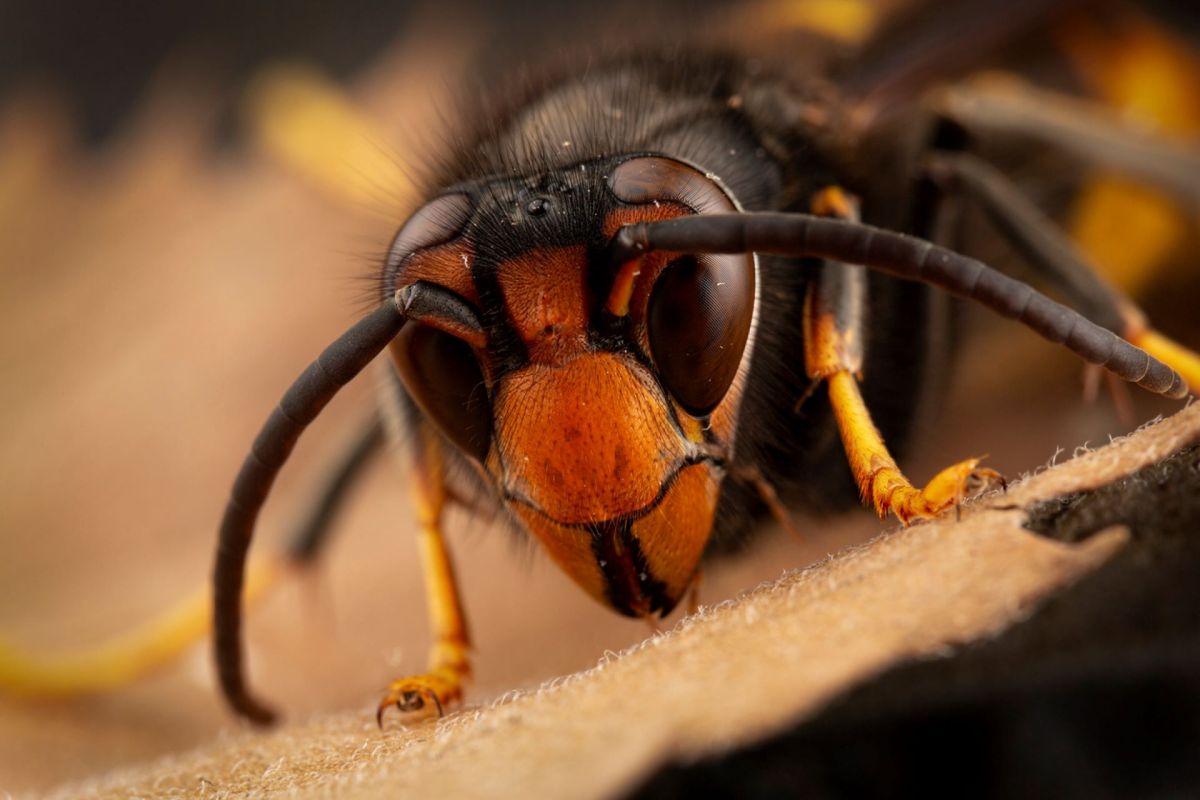In 2019, the murder hornet was spotted in North America for the first time. According to National Geographic, a small cluster was found in Vancouver in British Columbia, Canada, while two dead ones were discovered in Washington State.
Since then, the first nest in the continent was found in Blaine, Washington, in 2020, leading to significant scientific interest and fears for the local population of honeybees.
But now, a cousin of the murder hornet has been found in Georgia, and it's prompting similar concerns.
What's happening?
Georgia's Department of Agriculture announced August 15 that a yellow-legged hornet — nicknamed the "bee hawk" for its ability to capture honeybees in the air — was discovered on a beekeeper's property in Savannah.
It's the first time the species has been found in the wild in the United States, and the department has called for further information about sightings in the state to be reported on its website.
The creature is native to tropical and subtropical Southeast Asia, and the GDA noted it can be identified by its black head, broad orange-yellow face and large eyes. It also has yellow legs, a black thorax and abdomen, and a yellow segment to the rear of the body.
Why is this concerning?
In the news conference announcing the sighting, University of Georgia honeybee specialist Keith Delaplane said the hornet does not pose a significant health threat to humans and pets, but the GDA website has recommended keeping a safe distance when taking photographs for verification purposes. The University of Florida noted the stings of the hornets may lead to allergic reactions.
Where the problem arises is regarding honeybee populations. UF noted it is an "opportunistic feeder," with one of its preferred prey being honeybees.
Citing a study from Karine Monceau, UF said: "So far only few estimates are available, but some reports from Europe mention up to 30% of honeybee hives being weakened by attacks and approximately 5% can be completely destroyed."
Honeybees are pollinators, and according to the U.S. Department of Agriculture, over "80% of the world's flowering plants need a pollinator to reproduce." It added: "One out of every three bites of our food, including fruits, vegetables, chocolate, coffee, nuts, and spices, is created with the help of pollinators."
TCD Picks » Upway Spotlight
💡Upway makes it easy to find discounts of up to 60% on premium e-bike brands
What can be done to stop yellow-legged hornets?
In the short term, reporting sightings to the Georgia Department of Agriculture or a local agriculture department outside of the state is encouraged.
According to UF, a yellow-legged hornet's nest can reach up to an average of 6,000 individuals, with spring to fall as the typical growing season. To prevent the spread, it's important to find them as soon as possible to protect honeybees and other pollinators.
But honeybees can also be protected by positive climate actions, such as relying less on dirty energy for your domestic needs.
According to Conservation International, increasing temperatures are leading to habitat loss because of bees' failure to migrate to cooler areas. Furthermore, changing temperatures are leading to flowers blooming at different times of the year, throwing off seasonal timing. This leads to negative health effects and makes them more vulnerable to predators.
Join our free newsletter for weekly updates on the coolest innovations improving our lives and saving our planet.














